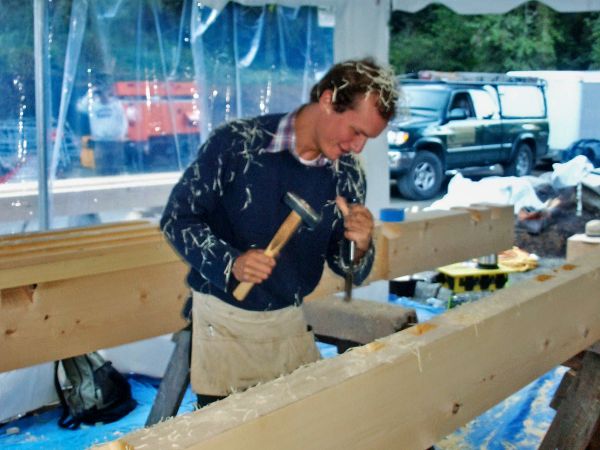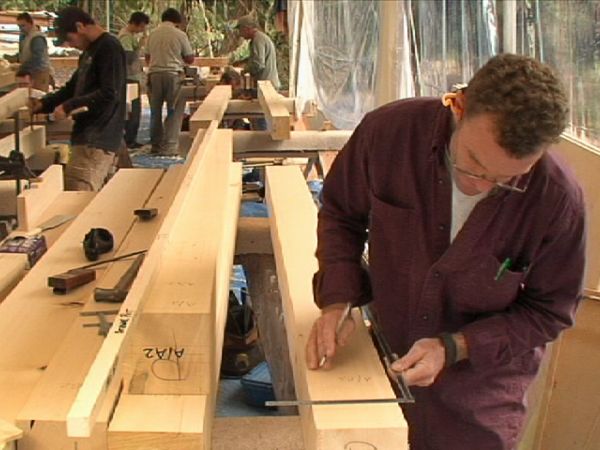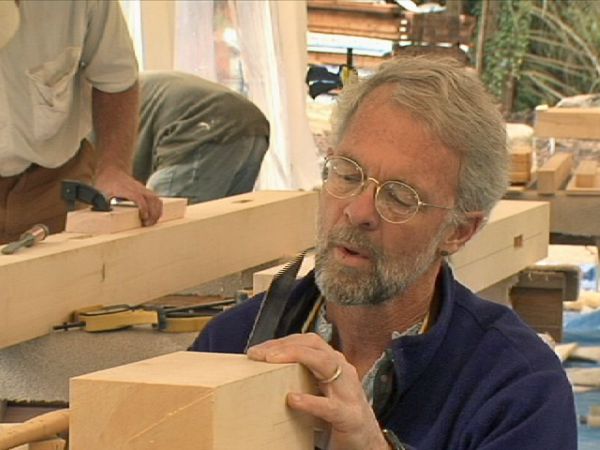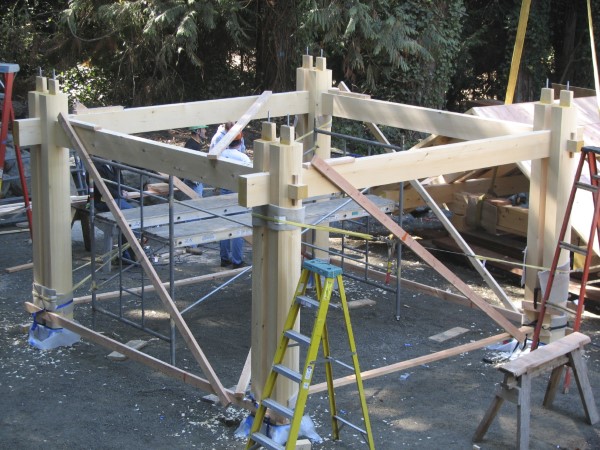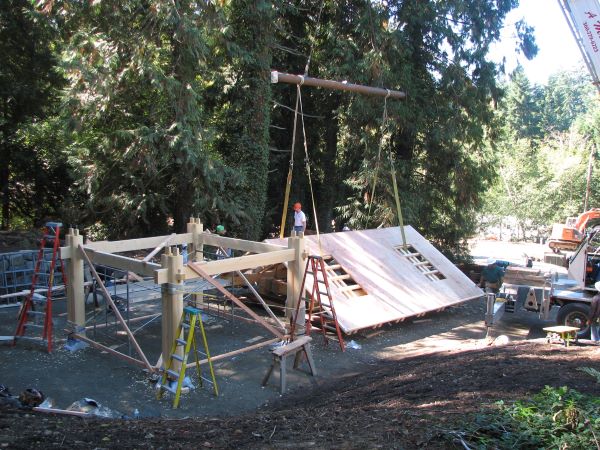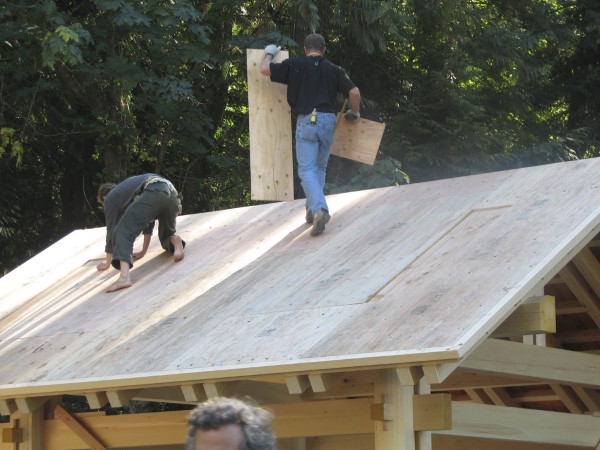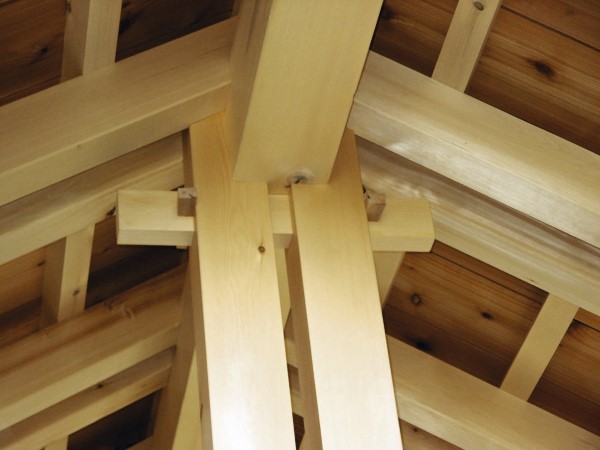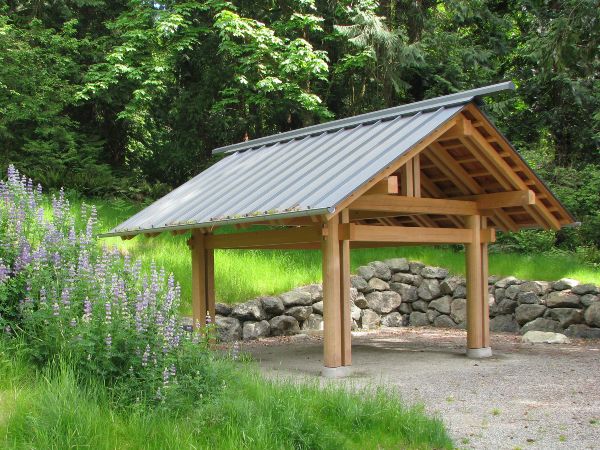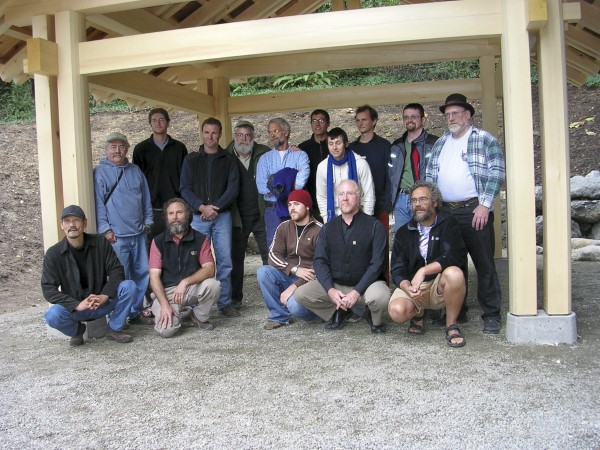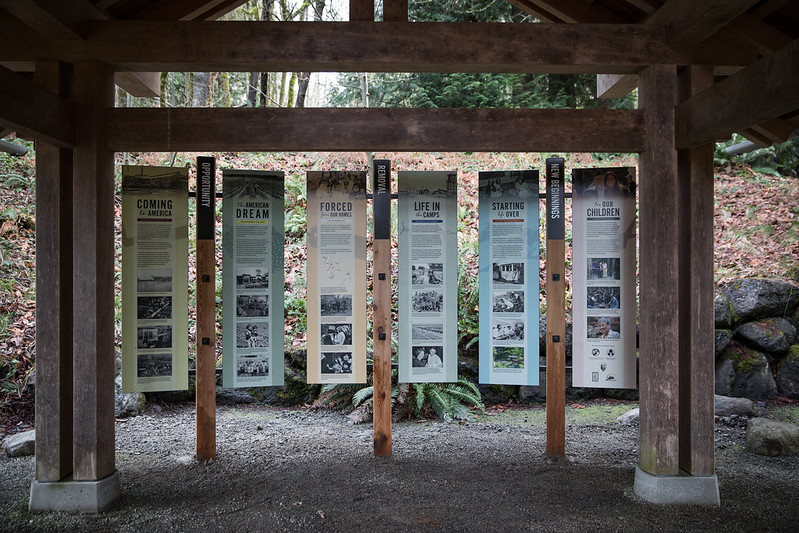
The Story of the Japanese Americans of Bainbridge Island
Every visit to the Exclusion Memorial should include a stop at the Pavilion, which houses a series of interpretive panels describing the history of the Japanese Americans of Bainbridge Island. Their unique story began in the 1880s, when the first immigrants from Japan arrived seeking work at the Port Blakely Mill, once “the largest sawmill on earth.” During the 1890s, two small Japanese villages emerged on the hill above the mill — Yama and Nagaya. Within a decade, 200 residents in 50 houses lived in Yama.
Displays in the Pavilion walk visitors through the subsequent dispersion of the Japanese throughout Bainbridge Island as they adopted new careers and integrated into the broader community after the closure of the mill. Many families thrived as farmers and entrepreneurs, becoming an integral part of the Bainbridge Island community before being abruptly exiled from their homes on March 30, 1942. What happened next is a story of both heartbreak and resilience for both the Japanese Americans who were incarcerated in concentration camps in Manzanar and Minidoka and the community who supported them and welcomed them back.
The Pavilion
The Pavilion itself was the first major structure to be erected on the Memorial site. In 2006, members of the non-profit, educational Timber Framers Guild descended on the site to practice their craft, building gates and a pavilion. Constructed primarily of yellow cedar harvested from Vancouver, B.C., the Pavilion was built by 12 volunteer Timber Framers in just one week. All they requested in return was food and lodging from local residents. The Pavilion was constructed using hand tools and many traditional joinery techniques used in Japan. Feel the smoothness of the wood and notice that there is no visible use of metal or nails in its interior construction.
